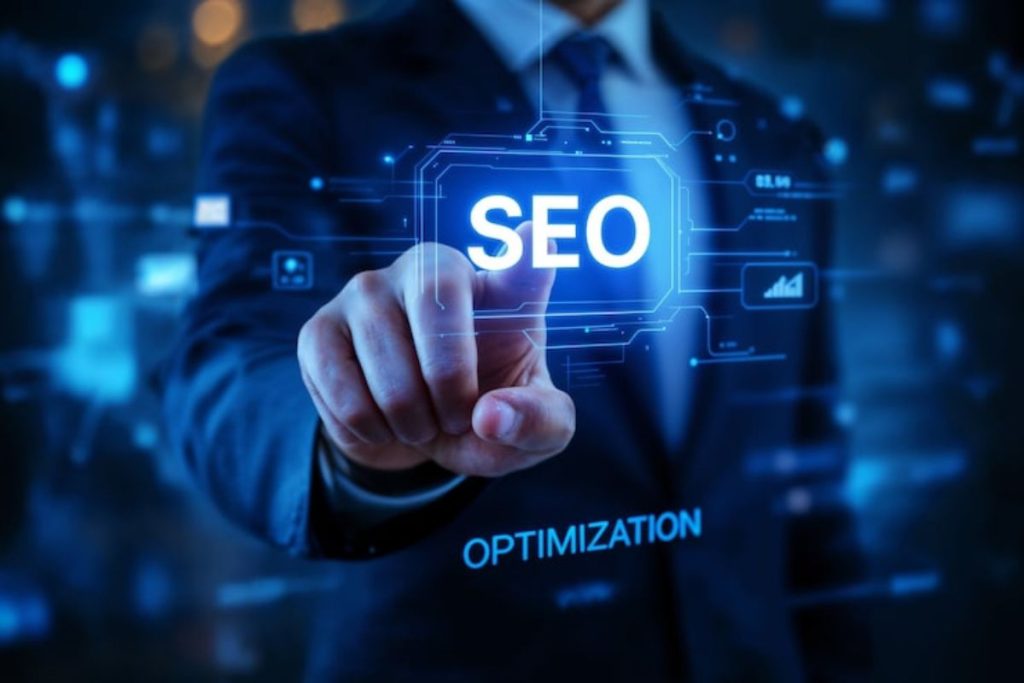Looking for an Expert Financial Consultant?
Maecenas sed diam eget risus varius blandit sit amet non magna magnis dis parturient
- Free Call: +1-222-333-44444
In the world of website development, the phrase “you get what you pay for” couldn’t be truer.
Thank you for reading this post, don't forget to subscribe!At first, a cheap website might seem like a smart business decision, quick to build, low investment, and “good enough” to get online. But over time, many businesses discover that cutting corners early can cost far more in lost sales, poor branding, and endless redesigns.
Here’s why a bargain website often ends up being the most expensive option you could choose, and how to make an investment that truly pays off.
Your website is often the first interaction a potential customer has with your brand. If it looks outdated, loads slowly, or feels unprofessional, visitors are more likely to click away than engage.
A Stanford study found that 75% of users judge a company’s credibility based on its website design.
A low-cost template or rushed build rarely includes:
Result? Missed opportunities and lower conversion rates.

Many cheap websites are built without:
This means you’ll often face unexpected expenses for bug fixes, security patches, or even rebuilding entire sections. What looked like a $300 site can quickly turn into a $3,000 headache.
Search engine optimization (SEO) isn’t just about keywords, it’s about site structure, speed, mobile responsiveness, and clean coding. Cheap websites often skip these steps entirely, leaving you invisible in search results. Without traffic, even the nicest design can’t bring in customers.

A well-built website can serve you for 5+ years with only minor updates.
A poorly built one? You might be looking at a full redesign in 12–18 months.
When you factor in the cost of rebuilding, plus the lost leads from an underperforming site, the “cheap” option becomes the most expensive one.
A website isn’t just an expense, it’s a business asset. The right one will earn its cost back many times over through better branding, higher conversions, and long-term reliability.
At X International, we focus on building websites that:
Maecenas sed diam eget risus varius blandit sit amet non magna magnis dis parturient